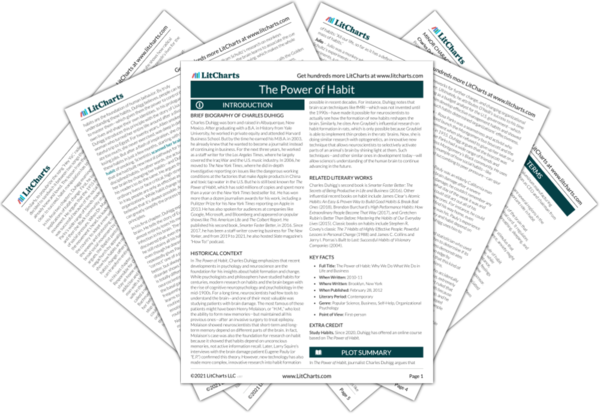The Phoenix woman’s use of Febreze shows that people always seek rewards at the end of their routines. In their earlier research, Stimson’s team assumed that Febreze would be the
routine in a habit loop, but their market research showed them that it could function better as the
reward. Rather than helping people with smelly houses clean those houses, Febreze would be a way for people who
already cleaned their houses to feel a sense of accomplishment.
